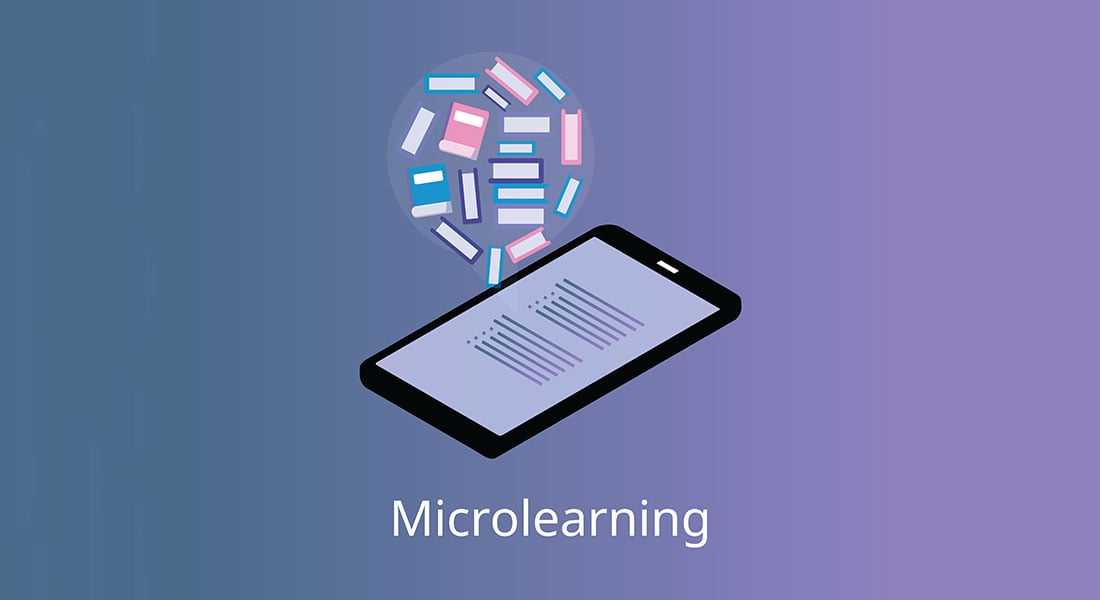6 Microlearning Myths Debunked [Infographic]
![6 Microlearning Myths Debunked [Infographic] 6 Microlearning Myths Debunked [Infographic]](https://blog.commlabindia.com/hubfs/Imported_Blog_Media/microlearning-features-for-corporate-training-infographic-1.jpg)
It can be quite tough to differentiate facts and fiction when there are myths that are perpetrated in the present time through the Internet. Keeping this in view, we would like you to consider the cogency of whatever you know about Microlearning until today!
Microlearning has become quite the trend in the training industry considering its ability to provide short and crisp learning nuggets – providing just the right amount of information needed to achieve a specific objective. In nearly two decades of our experience, we have provided Microlearning solutions to more than 8000 learners belonging to different industry verticals.
→ Download Worksheet Now: Understanding What Microlearning is and What it Isn’t
In this period, we have realized that Microlearning is often misunderstood to be the solution for all training needs. To clear the air, check this infographic to dispel the 6 most common myths about Microlearning.
5 Benefits of Using Microlearning for Corporate Training
1. Improved Knowledge Retention
Microlearning focuses on delivering small, targeted bursts of information. This approach aligns with the psychological principle of "spaced repetition," where learners encounter information at intervals, enhancing memory retention. Short and focused modules allow employees to absorb and retain key concepts more effectively compared to longer, more traditional training sessions.
2. Flexibility and Convenience
Microlearning modules are typically brief and can be consumed in a short amount of time. This makes them ideal for learners with busy schedules. Employees can access microlearning content on their mobile devices during breaks, commutes, or downtime, providing flexibility in when and where they engage with the training. This flexibility supports a culture of continuous learning without disrupting work routines.
3. Higher Engagement Levels
Microlearning often incorporates multimedia elements, interactivity, and gamification, making the learning experience more engaging. Interactive videos, quizzes, and scenarios capture learners' attention and maintain their interest. The use of varied formats caters to different learning styles, ensuring that content remains interesting and relevant. Higher engagement levels contribute to increased motivation and knowledge retention.
4. Quick Response to Changing Needs
In rapidly evolving industries, information becomes outdated quickly. Microlearning enables organizations to adapt swiftly to changes by creating and disseminating small, focused updates. Whether it's a change in compliance regulations, product features, or company policies, microlearning modules can be created and deployed rapidly. This agility ensures that employees are always equipped with the latest information and skills.
5. Cost-Effective Training Solutions
Traditional training methods can be resource-intensive and costly. Microlearning, on the other hand, often involves shorter development times and requires fewer resources. The modular nature of microlearning allows organizations to repurpose existing content or create targeted modules without a significant investment. Additionally, the ability to deliver training remotely reduces costs associated with travel and accommodation for in-person training sessions.
Wrapping Up!
In conclusion, debunking microlearning myths is crucial for organizations seeking to leverage this dynamic and effective learning approach. By dispelling misconceptions and recognizing the true potential of microlearning, businesses can harness its benefits in enhancing knowledge retention, fostering engagement, and providing flexible, cost-effective training solutions. To have more clarity on what microlearning is, check out this free worksheet now!
Editor’s note: This post was originally published in December 2018 and has been updated for comprehensiveness.



![6 Microlearning Myths Debunked [Infographic] 6 Microlearning Myths Debunked [Infographic]](https://blog.commlabindia.com/hs-fs/hubfs/Imported_Blog_Media/microlearning-myths-debunked-infographic.jpg?width=900&height=2577&name=microlearning-myths-debunked-infographic.jpg)

![What are the Best Authoring Tools to Develop Microlearning Assets [Infographic]](https://blog.commlabindia.com/hubfs/blogs/best-authoring-tools-develop-microlearning-assets-info.jpg)

